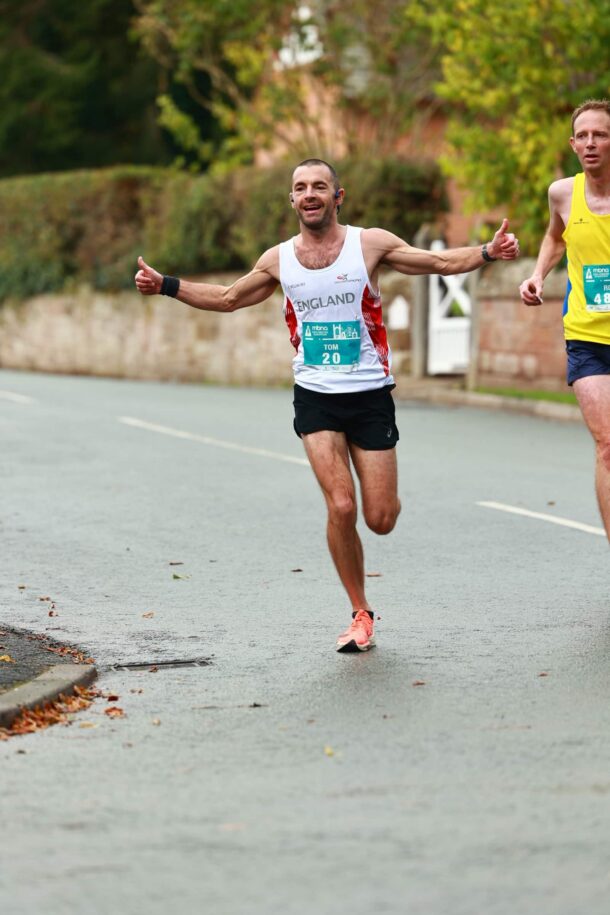404
Page Not Found
Oops! The page you’re looking for doesn’t exist. Please check the URL or return to the homepage.
Oops! The page you’re looking for doesn’t exist. Please check the URL or return to the homepage.

Tom was selected to represent England for the first time at the 2024 Chester Marathon, and finished as 2nd place M40 and 5th overall in the England Team, in 2:32:03. Read more here, or sign up for more news.